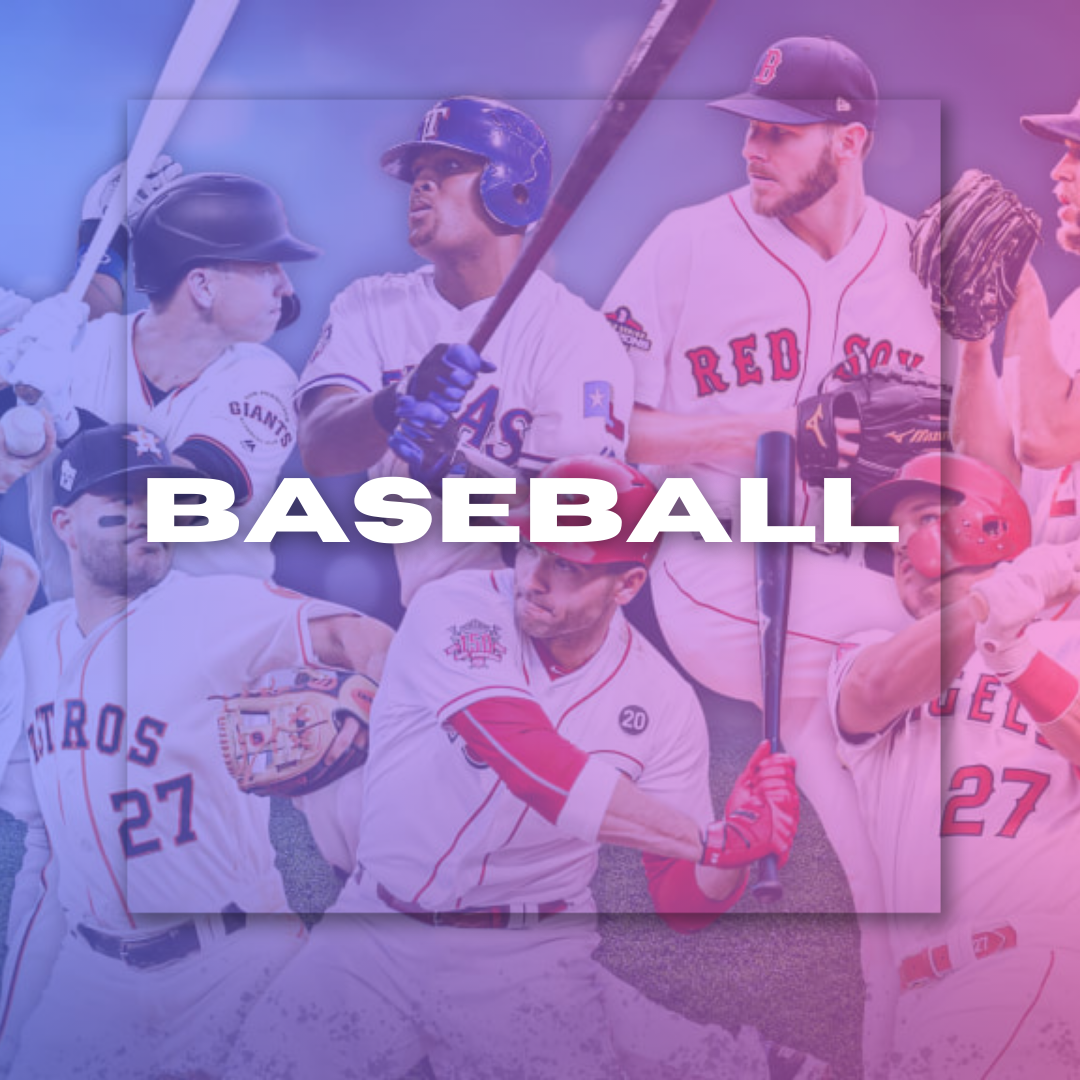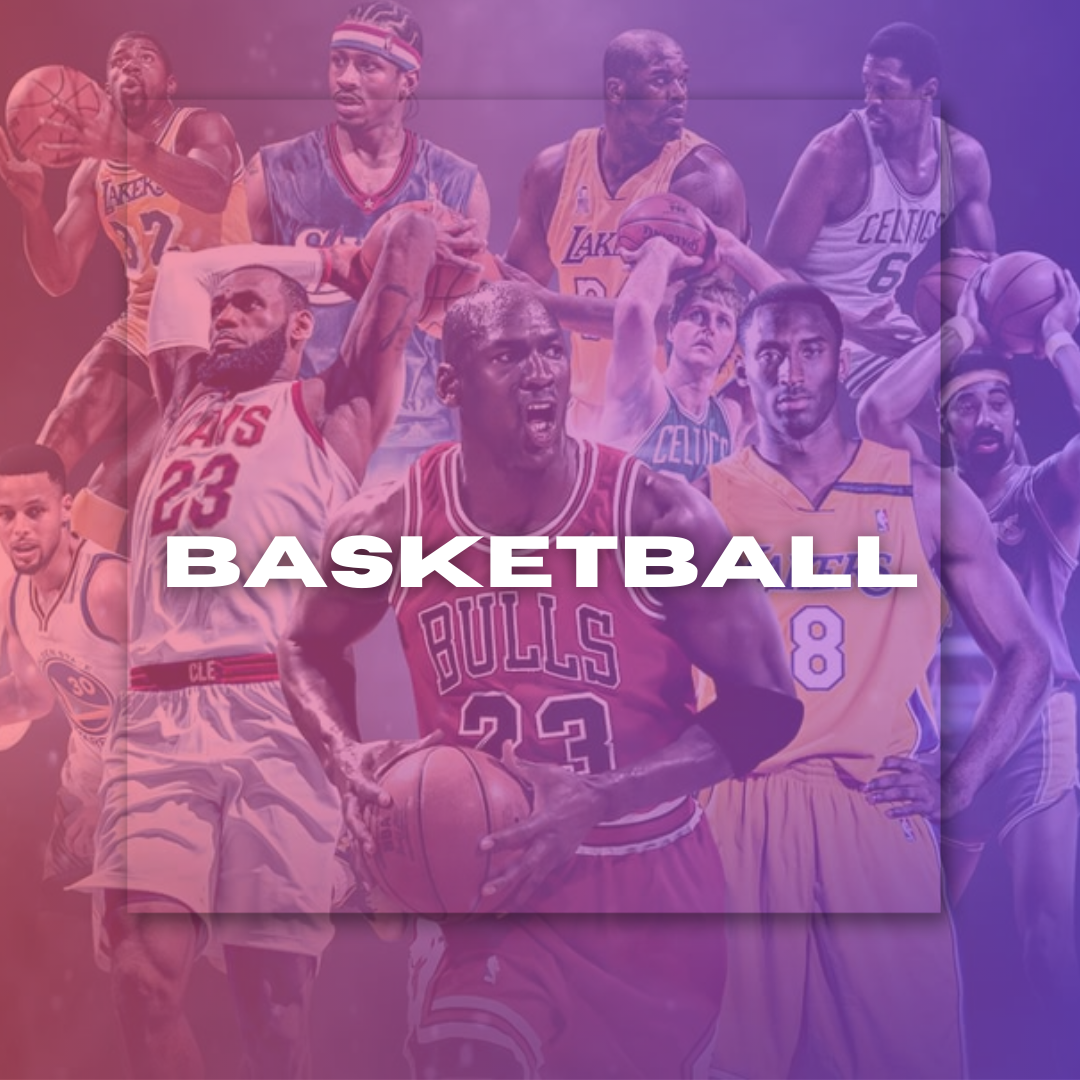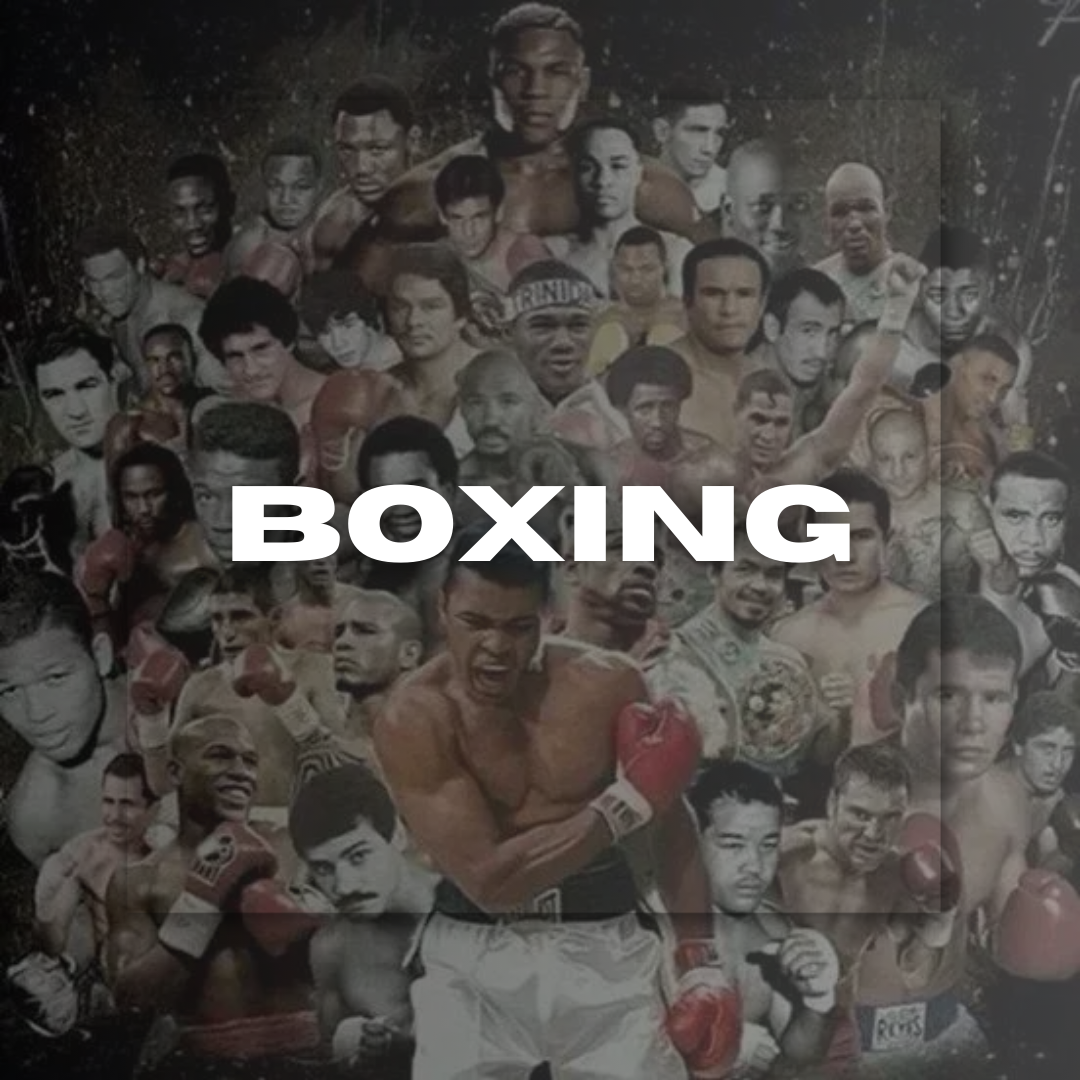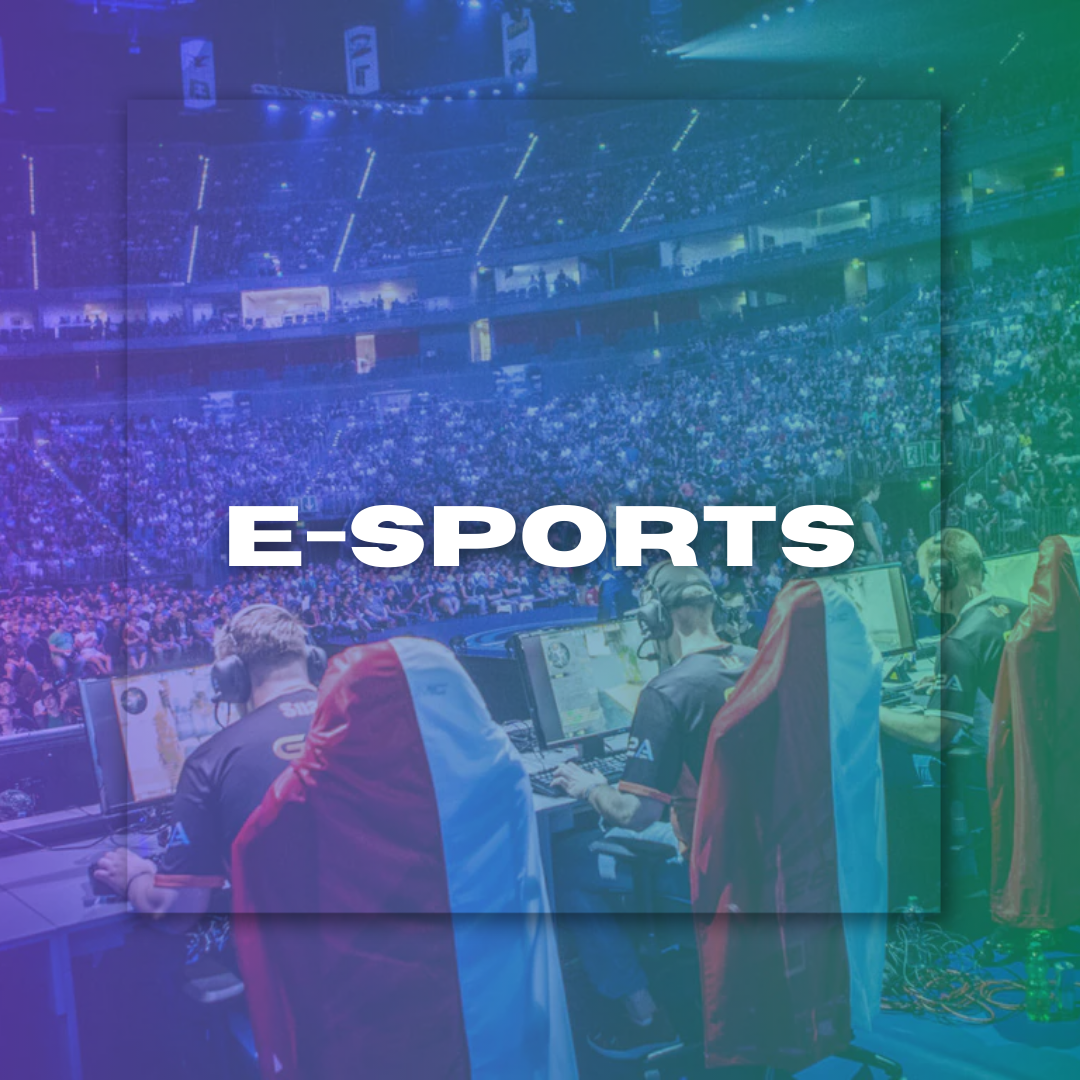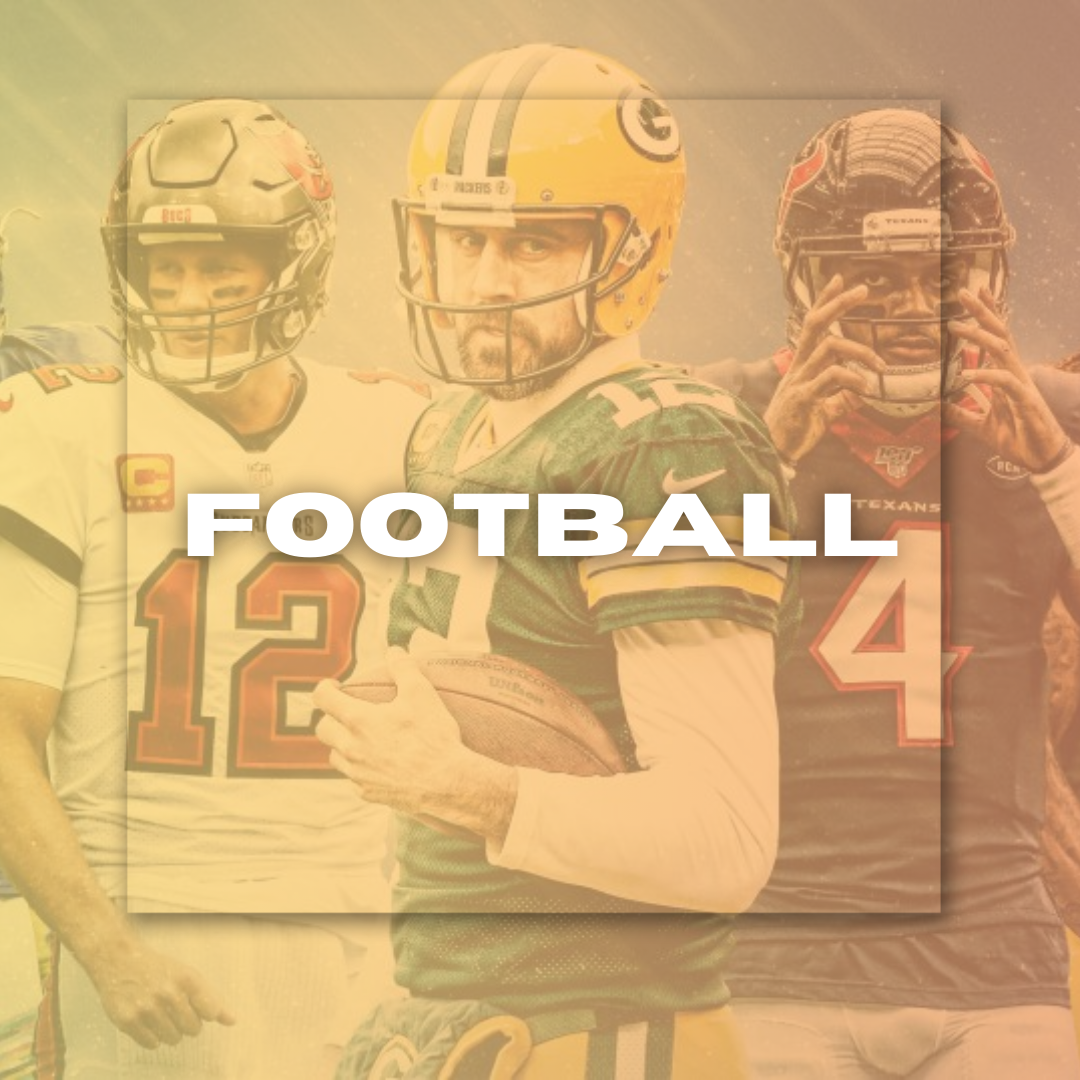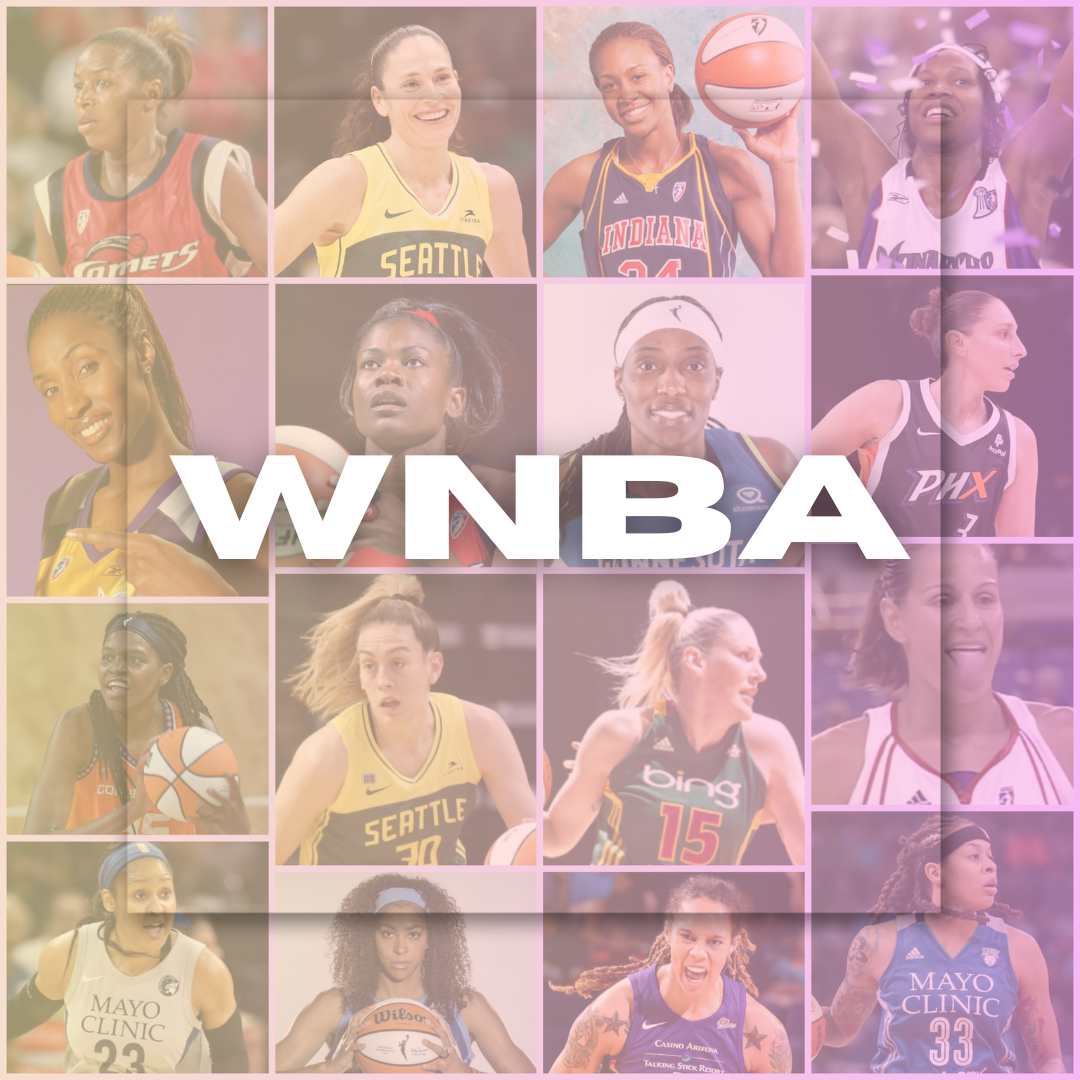
How Would the Sports World Change if Athletes Could Play Multiple Leagues?
How Would the Sports World Change if Athletes Could Play ...
By Jason Bolton August 09, 2024 00:43
The concept of athletes participating in multiple leagues simultaneously presents a radical shift from traditional norms. This groundbreaking idea promises to redefine the landscapes of competition, player career trajectories, and the economic structures of sports organizations. Such a change could significantly impact all stakeholders, from the athletes to the teams, leagues, and even the fans. This exploration discusses how allowing athletes to cross the boundaries of exclusive league participation could transform the sports world. As we navigate these potential changes, we uncover both the exciting opportunities and the complex challenges that would arise, painting a comprehensive picture of this intriguing possibility.
Increased Earning Potential
If players could participate in multiple leagues, they would have the opportunity to make significantly more money. This allowed players to entertain offers for their services from a few different teams in other leagues, thereby commanding more overall money. That situation would likely result in a bidding war for players, where teams bid against each other by offering more money to attract players.
The Market: Increased transparency resulting from multi-league participation might make the salary market even more dynamic. Guys had the right to negotiate bonuses and incentives based on their league participation.
Differing Salary Caps: For leagues with a cap, the ability to play elsewhere would muddy the waters regarding whether or not teams were abiding by them. Those pesky restrictions on player income could be circumvented by teams offering to pay players even more in other leagues, creating the potential for a non-level playing field regarding what you can get paid.
Contract Complexity
Unfortunately, it dramatically increases the complexity of contracts. Consumers would have had to work through the terms and conditions of more than one agreement. This could lead to:
Contention: Teams will likely argue about players being released and injured.
Agent Influence: An agent would manage these kinds of complexities, and their fees or influence on negotiation tables might increase.
Fluid Roster Dynamics
It would present interesting choices to players who are in several leagues. So, it would require a bit of an adjustment to cope with the more transient player market.
More Competition for Talent: Teams would compete against league rivals, free agents, and other leagues to pursue talented players. That could create bidding wars and further accelerate behavior toward player acquisitions.
Clouds Strategic Development: Teams may be more inclined to invest in scouting and developing players at a young age because if they are successful, those players will leave for the other league. This could improve the quality of play on all levels.
Impact on Team Chemistry
All the player turnover in some leagues could mess with these players' chemistry. Teams need help with a set core because players could come and go more often. Teams might favor short-term contracting to keep flexibility, but with longer turnover, this will likely entail instability and little continuity in rosters.
Conflicting Schedules
One of the biggest obstacles to this would be scheduling conflicts that it brings. The season structures of the leagues vary, and nearly all run on overlapping schedules, which would present many logistical issues.
Athletes face even more pressures, including the physical and mental toll of competing in several leagues at once, which can lead to burnout and injuries. The leagues would have to work together, or at least not schedule games in a manner that creates conflict or risks having half your potential players choose one league and the other half go elsewhere, further diluting talent.
Competitive Balance and Across Leagues
More Parity Than Ever
Multi-league participation promotes greater competitive balance. It would also allow teams like the Orioles, with seemingly endless financial flexibility, to nab more proven big leaguers and deepen their bench or rotation without curbing future free-agent spending. This allows players on a smaller market team to sign with that other small market club where they can play release, hopefully making the games more competitive.
Threats of Elite Team Dominance
Mega teams boasting absurd financial backing could come to bully the multi-league playing field. Rich teams would lure away talent from other professional leagues, perpetuating inequities. This will likely result in talent being concentrated on a few teams, which erodes the competitive balance that attracts fans to watch from leagues.
The changing landscape of sports and examining new types of player involvement could spark some very interesting developments. Nonetheless, the pros and cons must be weighed to ensure that sports remain competitive and have integrity. The future of sports will likely depend on the ability of leagues and governing bodies to adjust in these areas while simultaneously remembering players, teams, and fans.
LATEST
- NEWS
- |
- ARTICLES
- |
- VIDEOS


























































